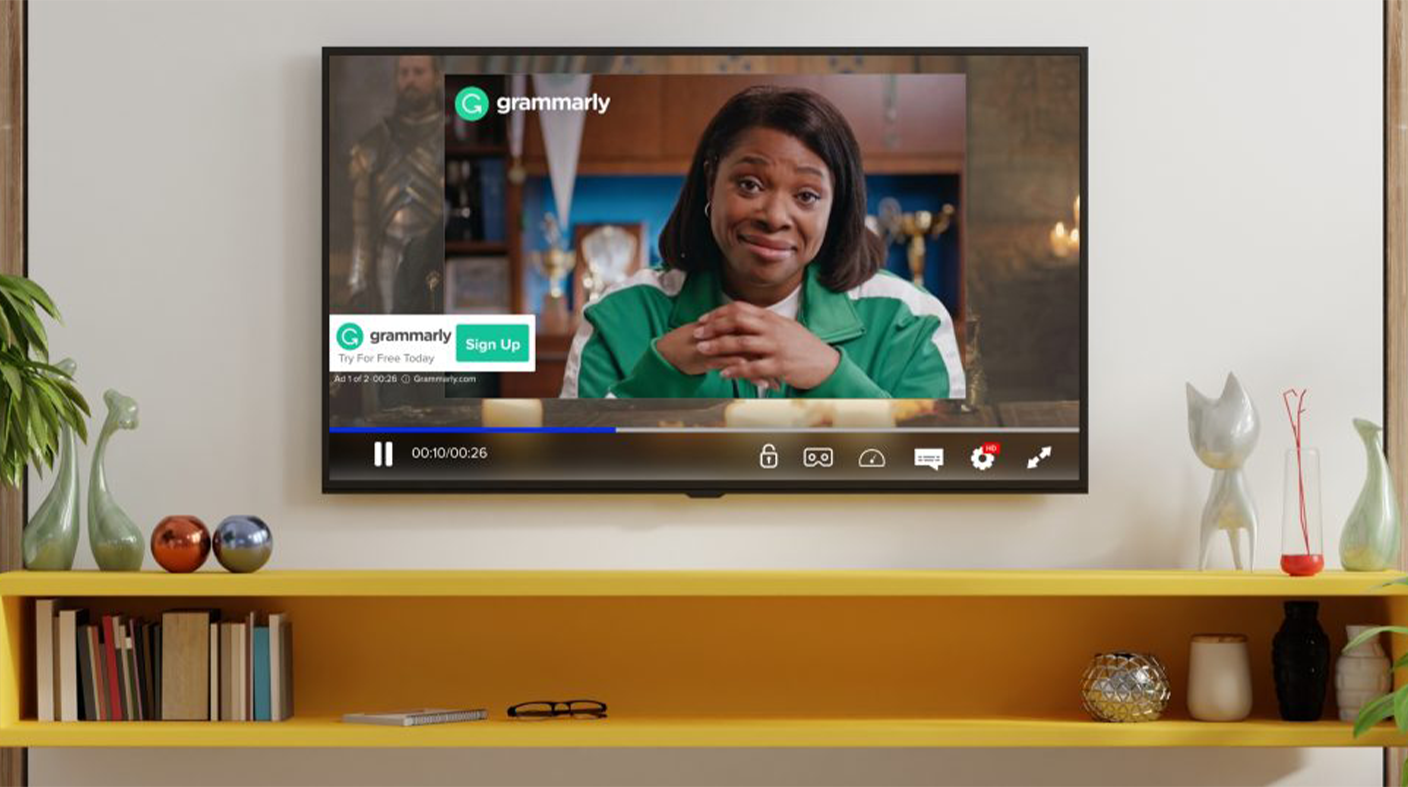CTV Advertising: The New Frontier in Targeted Marketing

Connected TV (CTV) advertising is experiencing rapid growth, offering brands a unique opportunity to engage audiences in ways that traditional linear TV cannot match. As consumers increasingly cut the cord with traditional pay TV, CTV has emerged as a powerful tool for reaching highly targeted audiences. By 2023, 88% of US households owned an internet-connected TV device, highlighting the dramatic shift towards CTV and its widespread adoption.
While linear TV still holds a place in 68.5 million US households, CTV’s expanding reach is driving brands to reconsider where they allocate their ad budgets. The shift toward CTV signals an opportunity for brands to connect with larger, more engaged audiences who are already adapting to the convenience and personalised nature of internet-enabled streaming services.
CTV advertising offers an unparalleled level of control over campaign targeting, a distinct advantage over traditional linear TV advertising. CTV enables advertisers to reach specific demographics, which maximises the efficiency of ad spend by delivering more relevant, appropriate content. This targeted approach significantly boosts viewer engagement and conversion rates. The opportunity of precision in CTV allows for ads that resonate more deeply with viewers, creating a more effective and enjoyable advertising experience. That said, keeping the audience profiling within broader tramlines is essential to leveraging the “discovery” essence, inherent in the shared experience of big-screen viewing.
According to Statista, 30% of advertisers see detailed reporting and insights as vital hygiene factors in their campaigns. CTV’s rich analytics suite enables advertisers to track important metrics such as brand lift, awareness, purchase intent, and recall. These insights are essential in measuring the impact of CTV ads on target audiences, empowering brands to optimise their advertising strategies based on data-driven outcomes.
The effectiveness of CTV advertising has spurred brands to invest more of their marketing budgets into this emerging medium, with spending now exceeding industry predictions. Brands are increasingly aware of CTV’s technological advantages, including precise geographical targeting and real-time feedback on ad performance. These capabilities ensure not only a higher level of engagement but also better conversion rates, as CTV reaches a receptive audience that enjoys relevant content.
Connected TV (CTV) refers to any television that can connect to the internet to access content beyond traditional cable or satellite services. With a CTV device, users can stream content on-demand and enjoy interactive viewing experiences. This flexibility is one of CTV’s major advantages over traditional TV, where scheduled programming and reliance on cable or satellite broadcasts often act at barriers to the modern viewing habits of audiences who enjoy an abundance of choice.
Examples of CTV devices include Smart TVs, streaming devices (such as Roku, Amazon Fire Stick, and Apple TV), and gaming consoles (like PlayStation and Xbox). The ads on CTV are often embedded into the content, ensuring viewers stay engaged. CTV ads also allow for programmatic, data-driven approaches that streamline ad buying and placement in real-time, which further enhances targeting accuracy. Often, these advertising opportunities are non-skippable, which is brilliant for clients that lean in and a missed opportunity for passive recyclers of linear ads.
Whilst the terms “CTV” and “OTT” (Over-The-Top) are often used interchangeably, there are key differences. CTV is the physical device used to watch streaming content, whereas OTT refers to the delivery of content over the internet, bypassing traditional distribution channels. For example, a service like Hulu (an OTT platform) streams content to a Samsung Smart TV, which is a CTV device.
CTV advertising provides a host of advantages over traditional advertising. Advertisers can reach “cord-cutters” (those who have moved away from traditional TV), tapping into a growing audience segment. CTV ads can also be tailored to the viewer’s preferences and behaviours, thanks to data collection capabilities that allow for tracking viewer activity and preferences. Metrics such as viewability, completion rates, click-through rates, brand lift, and engagement provide advertisers with actionable insights, making CTV a cost-effective option for reaching targeted audiences.
The future of CTV advertising is promising as technology continues to advance, offering advertisers an ever-growing range of tools for targeting, measuring, and refining their campaigns. With more consumers adopting internet-connected devices, and with advancements in data usage and privacy protections, CTV is poised to become an even more integral part of digital marketing strategies. The scalability and targeting capabilities of CTV make it an attractive and accessible choice, even for small businesses.
In a landscape where content and ads are increasingly delivered on-demand, CTV is not just a trend but a fundamental shift in how advertisers reach audiences. Brands that embrace CTV’s capabilities stand to benefit from engaging with audiences in a more personalised, data-driven, and impactful way, marking a new era of advertising that is more connected than ever before. Bringing back creative and media holistically has never been more important, and CTV is the nascent opportunity.